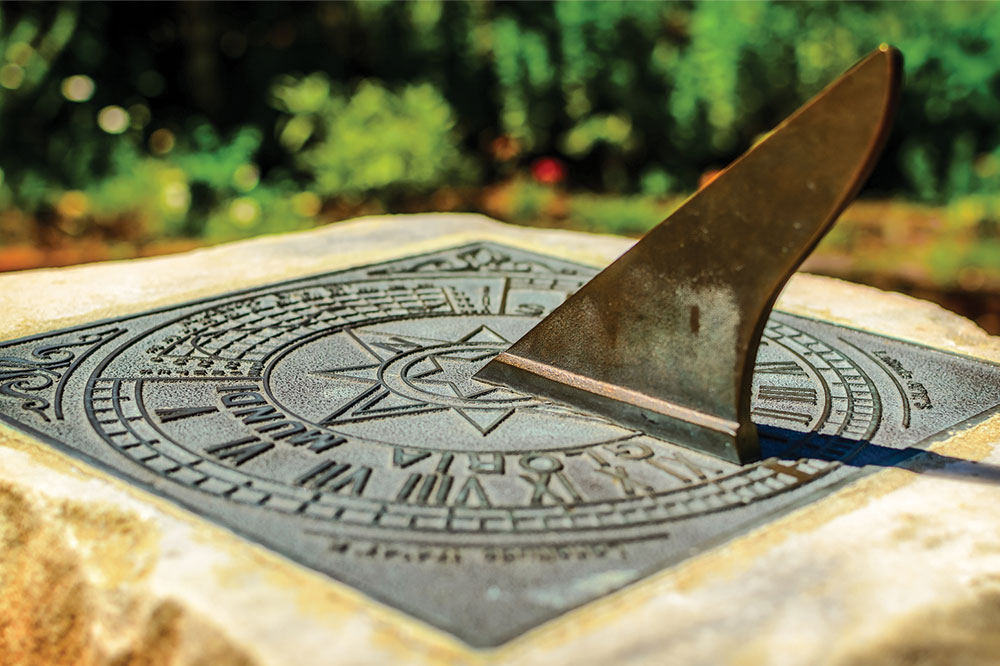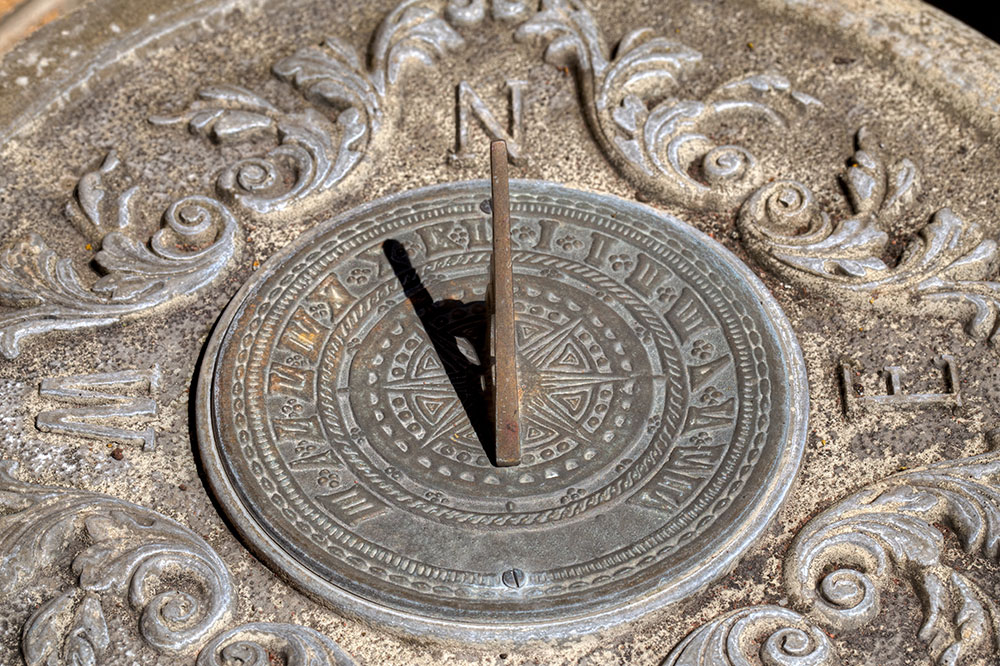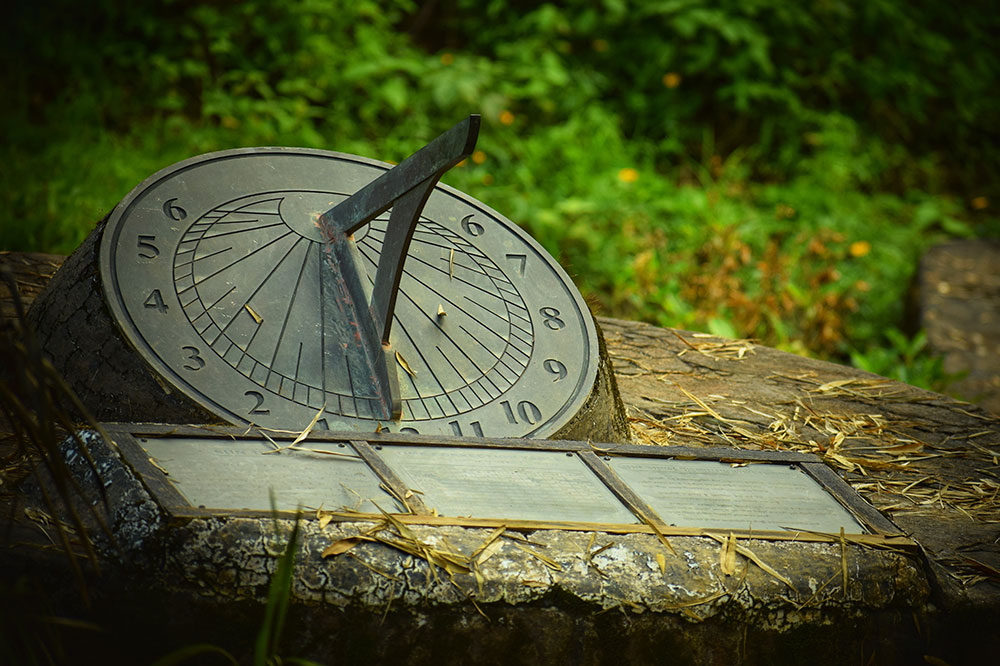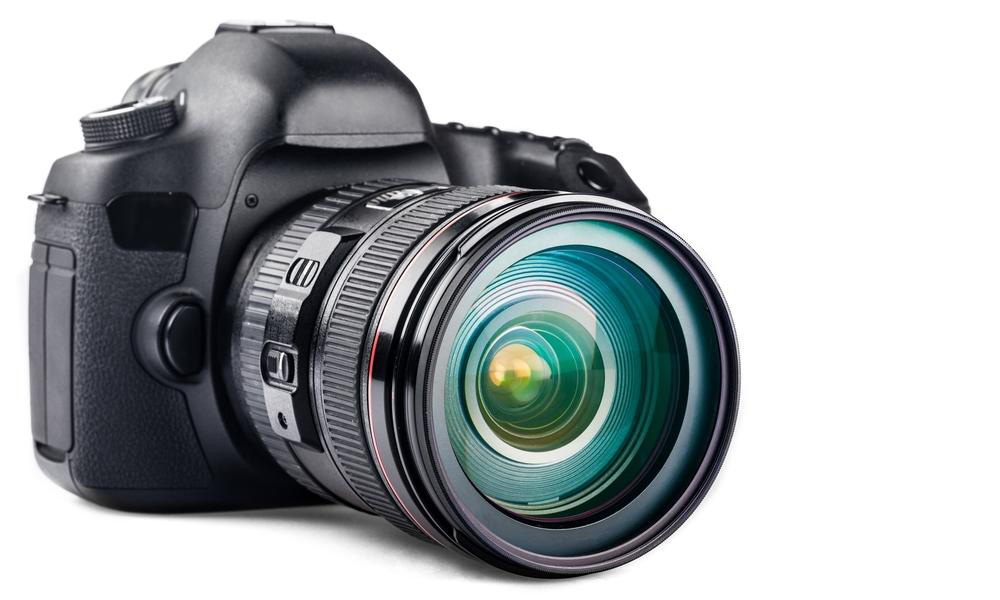Interesting Insights Into Sundials: Fun Facts and History
Discover fascinating facts about sundials, their historical evolution, types, and working mechanisms. Learn how these ancient devices influenced timekeeping and see their relevance today as decorative pieces. Explore the science behind shadow casting and why sundials are tailored to specific locations. Perfect for history buffs and outdoor decor enthusiasts alike, this article offers insightful information about these timeless devices.

Sundials are fascinating historical devices used to measure time based on the sun's position. Seeing one at a historical site often sparks curiosity about their design and function. A sundial consists of several components working together to cast a shadow that indicates the hour. Here are some intriguing facts about these ancient timekeepers.
Historical Development
The earliest known sundial was created in Egypt around 1500 BCE, featuring a simple design. Over time, more advanced versions allowed for adjustments to account for dates and seasons, improving accuracy.
Although rely less today, sundials still serve as decorative outdoor pieces. They operate solely in daylight since their function depends on sunlight. There are mainly two types: azimuth and altitude sundials. The azimuth type determines time by the sun’s horizontal angle, while the altitude type uses the sun’s height above the horizon.
Sundials are tailored to specific locations because the sun’s path varies across different regions and seasons. Their operation is fundamentally similar: a gnomon casts a shadow on the dial, which moves with the sun’s position, allowing time determination. The shortest shadow occurs at solar noon, with longer shadows in the afternoon as the sun lowers.
In summary, whether for historical interest or decorative purposes, sundials showcase the ingenious way humans kept track of time before modern clocks. Understanding their workings reveals the importance of celestial movements in our daily lives.





